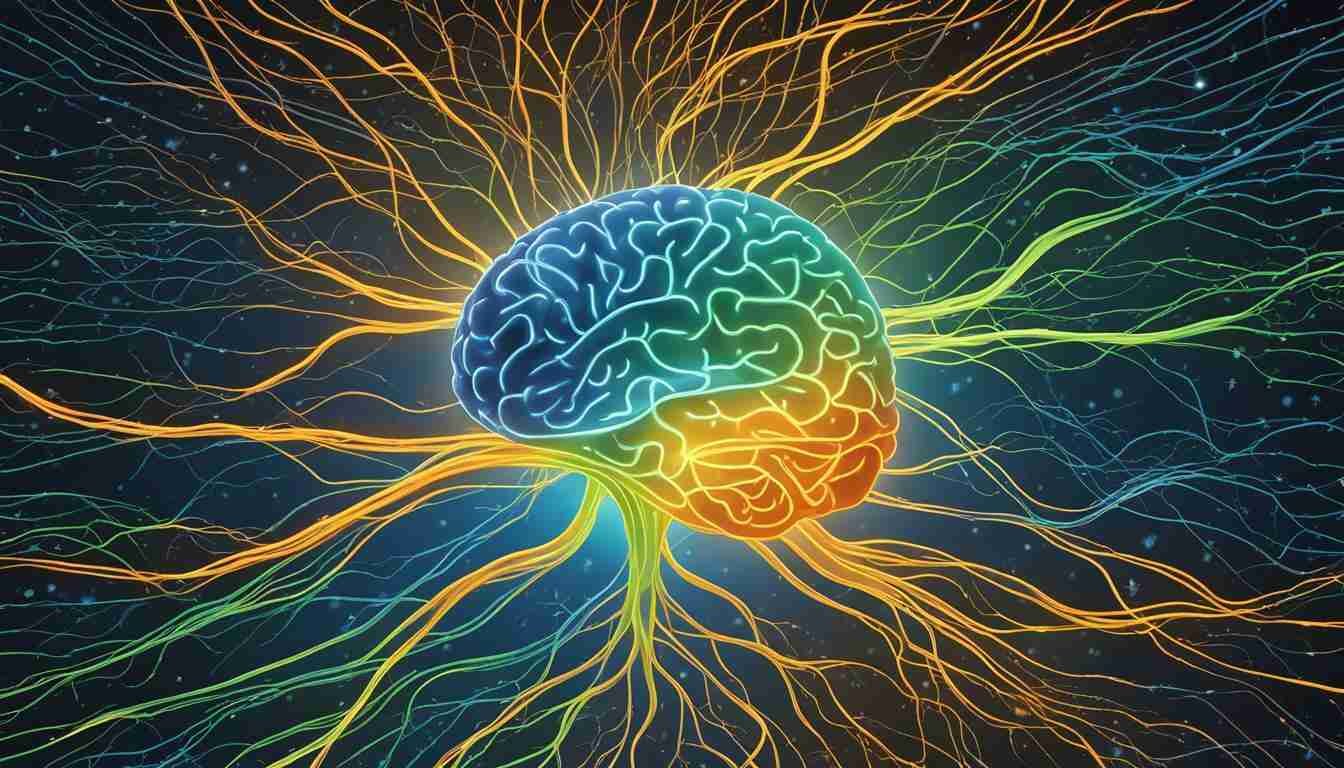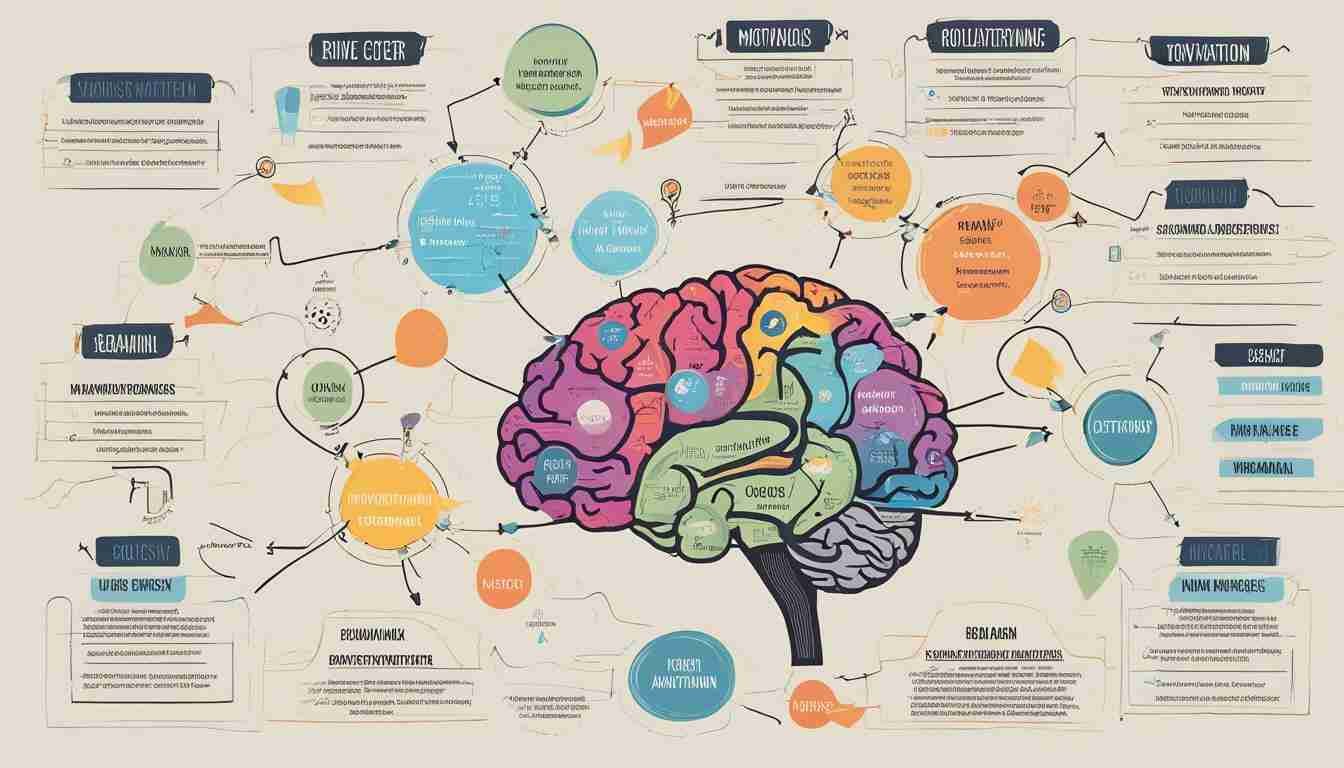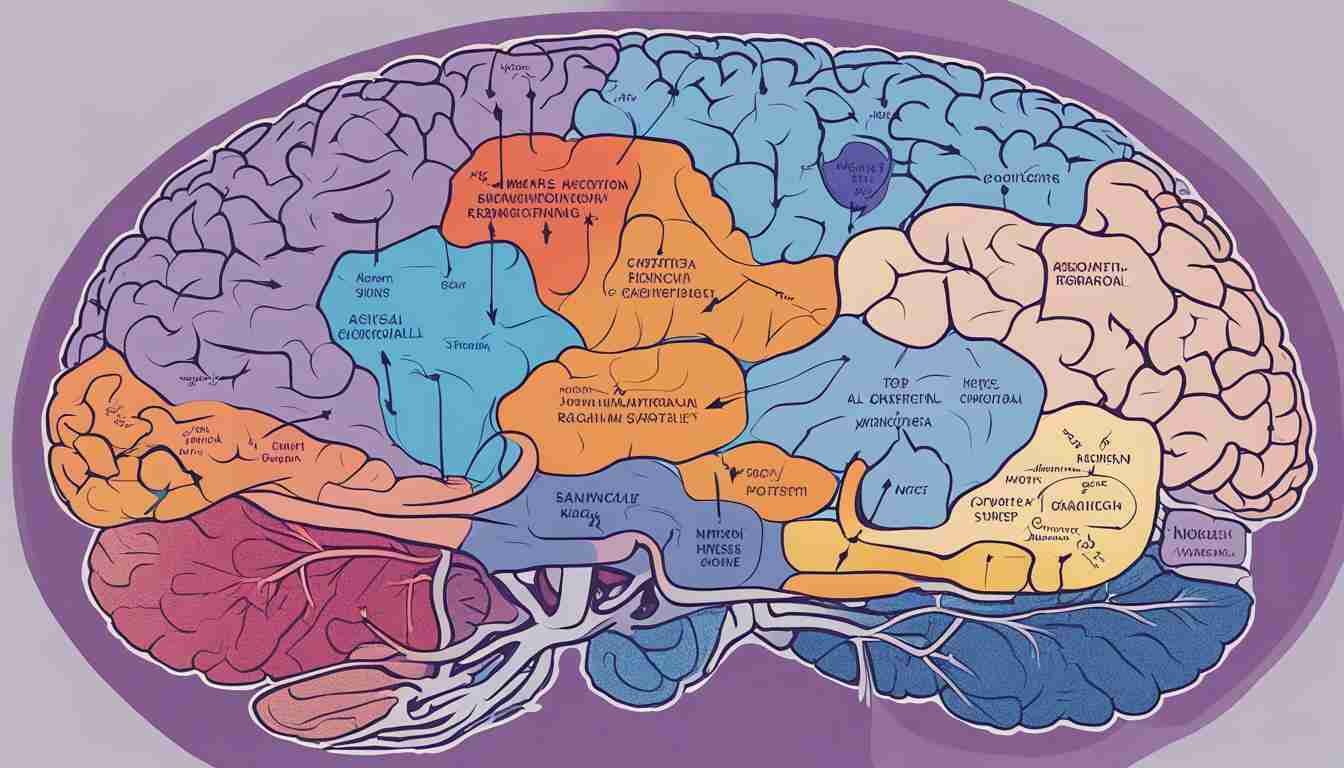Understanding the role of the brain in driving our behavior is crucial when it comes to motivation. It’s essential to know where motivation comes from and how the brain functions in order to make improvements in our lives. The brain plays a crucial role in motivation, and it’s located in the head, protected by the skull.
The brain is responsible for processing information, controlling movement, regulating emotions, and most importantly, driving our behavior. Understanding the brain’s location and functions related to motivation can help us discover ways to increase our drive and improve our overall well-being.
Key Takeaways:
- The brain plays a crucial role in driving our behavior and, ultimately, our motivation.
- The brain is located in the head and is protected by the skull.
- Understanding the brain’s location and functions is crucial when it comes to improving our overall well-being.
The Neuroscience of Motivation
Understanding the neuroscience of motivation is crucial for grasping the underlying mechanisms that drive motivation and behavior. Our brain plays a central role in regulating motivation, which is evident in the diverse brain structures and processes associated with motivation and behavior.
The prefrontal cortex, for instance, is one of the key brain regions involved in motivation. This region governs our ability to reason, plan, and set goals, all of which are essential aspects of motivation. Furthermore, the limbic system, which includes structures like the amygdala and hippocampus, helps regulate emotions and memory, which can influence our motivation levels.
Research indicates that the brain takes a personalized approach to motivation, with its structures and processes varying across individuals based on their specific needs and goals. For instance, individuals who are more prone to seeking out rewards may have a stronger response to dopamine, a neurotransmitter linked to pleasure and reward. On the other hand, those who are more self-controlled may show higher levels of activity in the prefrontal cortex, which is involved in impulse control and decision-making.
Overall, the neuroscience of motivation highlights the role of our brain structures and processes in driving our behavior and shaping our cognitive and emotional responses to various stimuli. By understanding the complex interplay between the brain and behavior, we can develop effective strategies to enhance motivation and achieve our goals.

The Brain and Behavior
The brain plays a critical role in shaping behavior and determining how we respond to different situations. Our behavior is rooted in the functions and processes of the brain, including complex cognitive abilities such as attention, memory, and decision-making.
At a structural level, the brain is composed of different regions and networks, each with its unique role in regulating behavior. For instance, the prefrontal cortex, a region located at the front of the brain, is critical for higher-order cognitive functions such as problem-solving, reasoning, and goal-setting. Meanwhile, the amygdala, which is part of the limbic system, is involved in processing emotions and regulating the stress response.
Indeed, our brain’s structural and functional organization has a profound impact on our behavior, shaping our attitudes, beliefs, and motivations. As such, understanding the neural processes underlying behavior is essential for developing effective interventions and treatments for behavioral and mental health issues.
The Role of the Brain in Motivation
Understanding the brain’s role in motivation is essential to comprehend human behavior. Brain science and motivation psychology are closely related, and it is fascinating to explore the various neurotransmitters and their impact on motivation.
Dopamine, for instance, is a neurotransmitter responsible for regulating pleasure and reward in the brain. It is released when we accomplish something, and we feel a sense of achievement, leading to increased motivation for future goals. On the other hand, serotonin, known as the happiness neurotransmitter, influences mood and reward processing in the brain, affecting motivation levels.
Moreover, genetics and differences in brain structure can also influence motivation. Research suggests that individuals with larger striatum, a subcortical region of the brain, tend to have higher motivation levels and greater perseverance in pursuing their goals.
Brain science has shown that the prefrontal cortex, which is involved in decision-making and planning, plays a vital role in motivation. It helps us stay motivated by keeping our goals in mind and making decisions that align with them. On the other hand, the limbic system, which is responsible for regulating emotions, can also influence motivation through its positive or negative emotional experiences.
Overall, understanding the brain’s role in motivation can help individuals develop strategies to enhance motivation levels and achieve their goals.

“Motivation is the driving force behind human behavior, and the science behind it is fascinating. By understanding the role of the brain in motivation, we can unlock our potential to achieve our goals and lead fulfilling lives.”
Research on the Brain and Motivation
Recent advancements in brain imaging techniques, such as functional magnetic resonance imaging (fMRI), have allowed researchers to gain a deeper understanding of the relationship between the brain and motivation. By examining brain activity during various activities, researchers have identified specific regions and mechanisms of the brain that contribute to our drive and determination.
Studies have shown that the prefrontal cortex, a part of the brain responsible for planning and decision-making, plays a crucial role in motivation. One study found that individuals with higher activation in this region were more likely to persist in difficult tasks and achieve their goals.
Another important brain structure that is involved in motivation is the limbic system. This area of the brain is responsible for processing emotions and rewards, and has been linked to the release of dopamine, a neurotransmitter associated with pleasure and motivation. Research has shown that individuals with higher levels of dopamine in the brain are more likely to engage in goal-directed behavior and experience greater satisfaction from achieving their goals.
| Key Findings: | Dopamine release in the brain is associated with pleasure and motivation. |
|---|---|
| The prefrontal cortex plays a crucial role in motivation and goal achievement. | |
| The limbic system is involved in processing emotions and rewards, and is linked to motivation. |
Furthermore, research has also highlighted the importance of individual differences in brain structure and genetics in understanding motivation. One study found that individuals with a specific variant of the COMT gene, which is involved in the breakdown of dopamine, were more likely to exhibit persistent behavior and engage in goal-directed activities.
The implications of this research are far-reaching, with potential applications in fields such as education, healthcare, and personal development. For example, understanding the neural mechanisms underlying motivation could help educators design more effective learning environments and strategies, while healthcare professionals could use this knowledge to develop targeted interventions for individuals with low motivation or drive. Additionally, individuals can use this information to better understand their own motivation and identify ways to improve it.

Overall, the growing body of research on the brain and motivation is providing valuable insights into the neural mechanisms underlying our drive and determination. By further exploring and understanding these mechanisms, we can unlock new ways of cultivating and enhancing motivation in ourselves and others.
The Conclusion: Understanding the Brain’s Role in Motivation
Overall, it is clear that understanding the brain’s role in motivation is crucial for unlocking our full potential. From the general location and functions of the brain to the specific neuroscience behind motivation, we can see how our brain structures and processes contribute to our drive and behavior.
Thanks to ongoing research in this field, we are gaining a deeper understanding of the neural mechanisms underlying motivation. Advancements in brain imaging techniques, such as fMRI, allow us to see how different regions of the brain interact and regulate motivation, leading to breakthroughs in areas such as goal-setting, reward processing, and perseverance.
The Importance of Brain and Motivation Research
The implications of brain and motivation research are far-reaching, with potential benefits for education, healthcare, and personal development. By understanding how the brain drives motivation, we can develop targeted interventions and strategies that can help individuals achieve their goals and reach their full potential.
It is clear that continued research in this field is essential if we want to unlock the full potential of the brain and understand its role in driving human behavior. By staying up-to-date with the latest findings and advancements in brain and motivation research, we can continue to make progress in this fascinating and important field of study.
FAQ
Q: Where is the brain located?
A: The brain is located in the head, protected by the skull.
Q: What functions does the brain have related to motivation?
A: The brain plays a crucial role in motivation by regulating various processes such as reward, goal-setting, and perseverance.
Q: What is the neuroscience of motivation?
A: The neuroscience of motivation explores the specific brain structures and processes that contribute to our motivation and drive our behavior.
Q: How do different regions of the brain interact to affect motivation?
A: Regions such as the prefrontal cortex and the limbic system interact to influence our motivation and drive our behavior.
Q: What is the role of neurotransmitters in regulating motivation?
A: Neurotransmitters like dopamine and serotonin play a crucial role in regulating motivation by transmitting signals between brain cells.
Q: How does genetics influence motivation?
A: Genetics can influence motivation through individual differences in brain structure and neurotransmitter functioning.
Q: What is some recent research on the brain and motivation?
A: Recent research has utilized advanced brain imaging techniques to gain insights into the neural mechanisms underlying motivation, with implications for goal-setting, reward processing, and perseverance.
Q: Why is it important to understand the brain’s role in motivation?
A: Understanding the brain’s role in motivation can have implications for various areas of life, including education, healthcare, and personal development.





